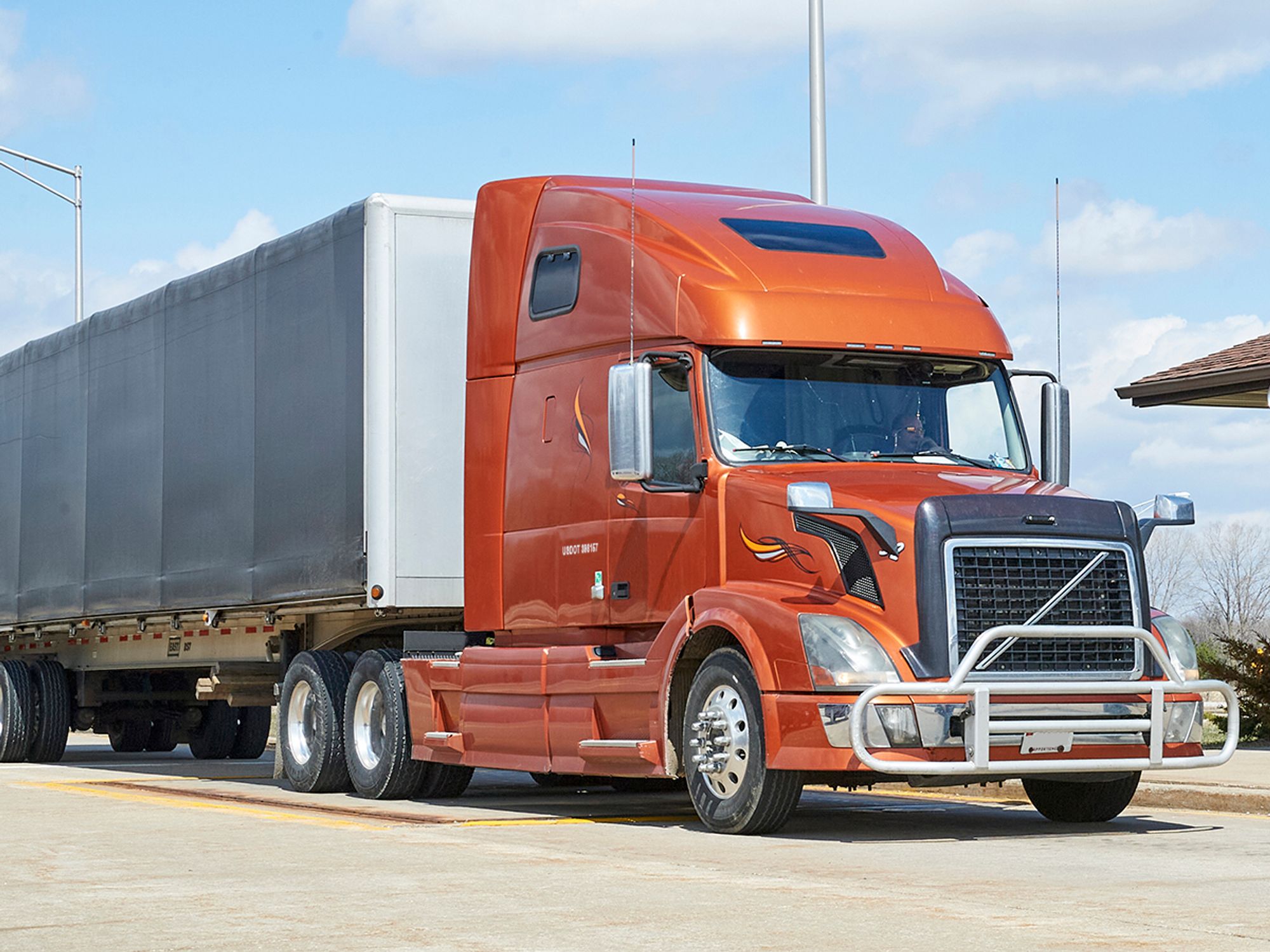What are the requirements?

- Where a vehicle operates will dictate whether it is subject to federal or state rules.
- Companies that operate commercial motor vehicles that transport passengers or cargo in interstate commerce must register with the Federal Motor Carrier Safety Administration to obtain a U.S. Department of Transportation Number.
- Additionally, intrastate carriers that transport hazardous materials that require a safety permit must register for a U.S. Department of Transportation Number.
Determining which vehicles need to display identification and what information must be shown can be confusing.
Several factors influence the answer to these questions. First, where does the vehicle operate? Traveling across state lines or furthering interstate commerce subjects the vehicle to Federal Motor Carrier Safety Administration (FMCSA) rules.
Operating solely within a single state, never crossing state lines, and not furthering interstate commerce is “intrastate” transportation, governed by the state of operation.
Second, certain characteristics of the vehicle or load affect which vehicles must display identification. These characteristics include gross vehicle (or combination) weight/rating, number of passengers, or if the vehicle is transporting placardable hazardous materials.
All vehicles defined as commercial motor vehicles (CMVs) in 390.5 and operating in interstate commerce must display the identification information according to 390.21.
The vehicle marking must show:
- The legal name or single trade name of the company operating the vehicle, and
- The motor carrier (MC) identification number, issued by the FMCSA, preceded by the letters “USDOT.”
There are no size and spacing requirements other than the marking is readily legible during daylight hours from a distance of 50 feet, and the letters must contrast sharply in color with the background on which the letters are placed.
If a vehicle that travels interstate meets the definition of a CMV, it must have the USDOT number and legal company name displayed on the vehicle as required by the FMCSA marking requirements in 390.21. Both for-hire and private carriers must comply. Note that transporters of placardable amounts of hazardous materials must comply regardless of weight.
Who needs a USDOT number?
Any company that operates commercial motor vehicles (CMVs) that transport passengers or cargo in interstate commerce must register with the Federal Motor Carrier Safety Administration (FMCSA) to obtain a U.S. Department of Transportation (USDOT) Number. In addition, intrastate carriers that transport hazardous materials that requires a safety permit must register for a USDOT Number.
Rather than creating a unique tracking mechanism and numbering system, 36 states also require carriers that operate strictly in intrastate commerce to obtain a USDOT number.
A USDOT number is a unique identifier used to collect data and monitor a company’s safety information acquired during audits, compliance reviews, crash investigations, and inspections. All violations found at roadside inspections are recorded to the operating carrier’s USDOT number.
